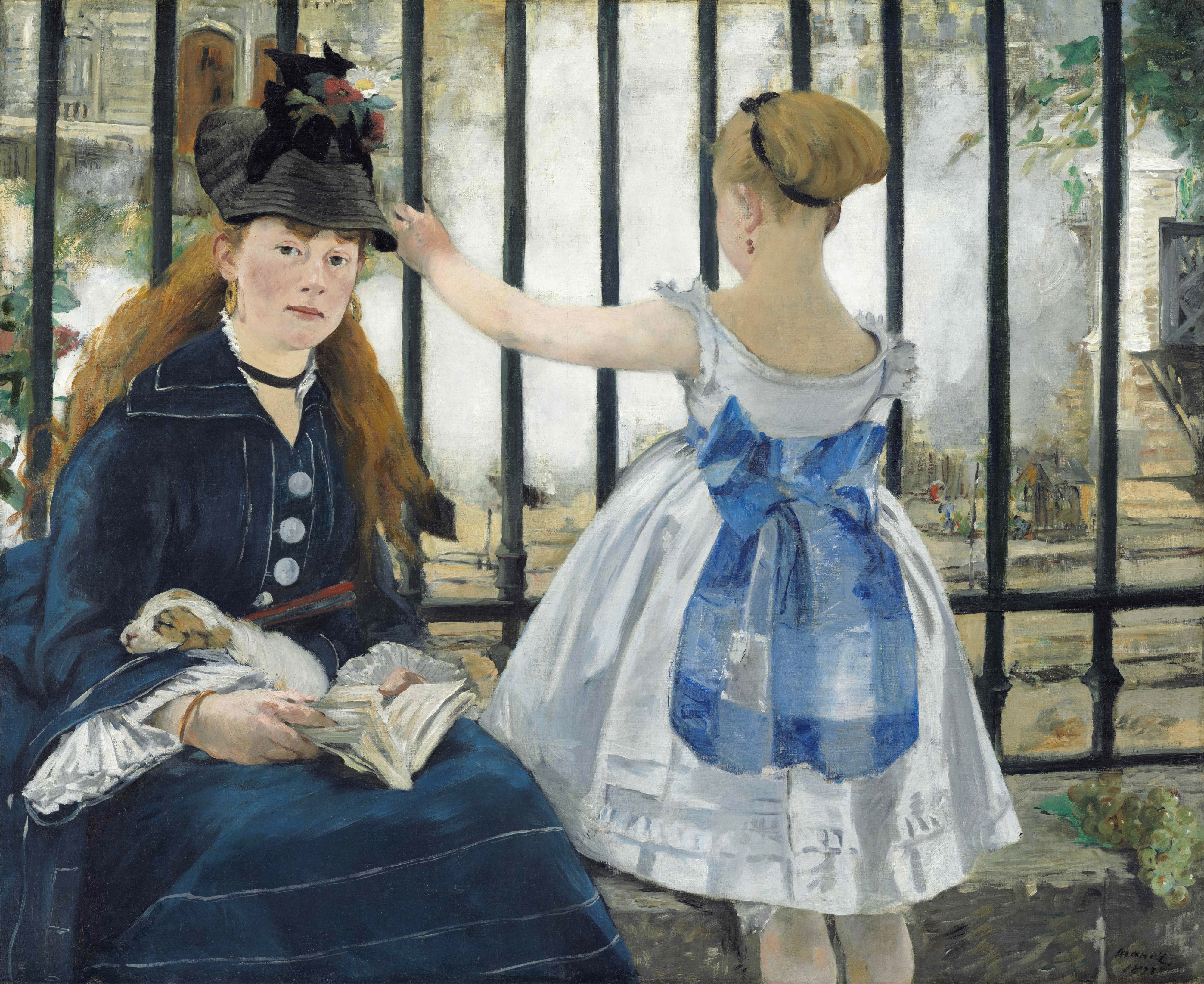
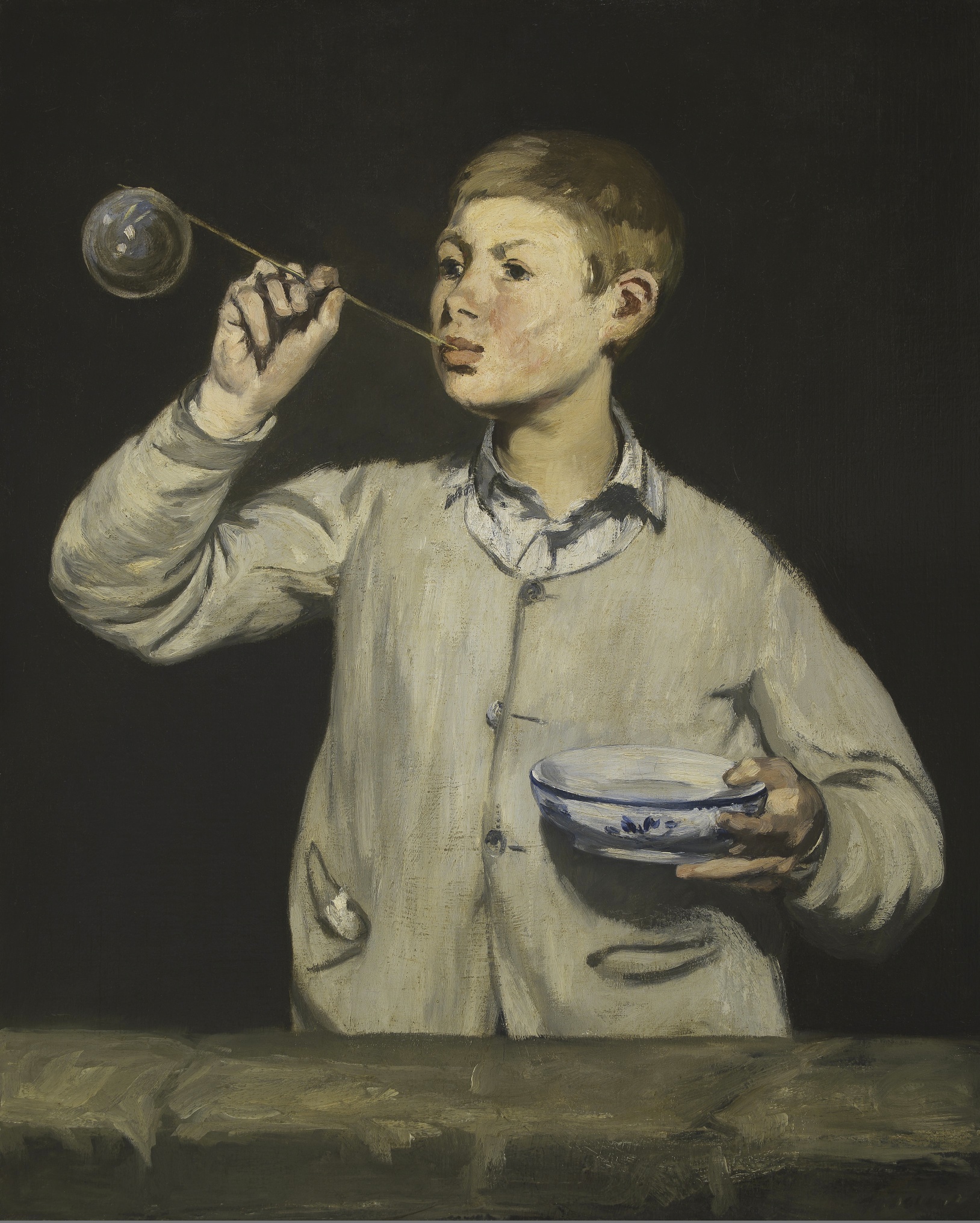

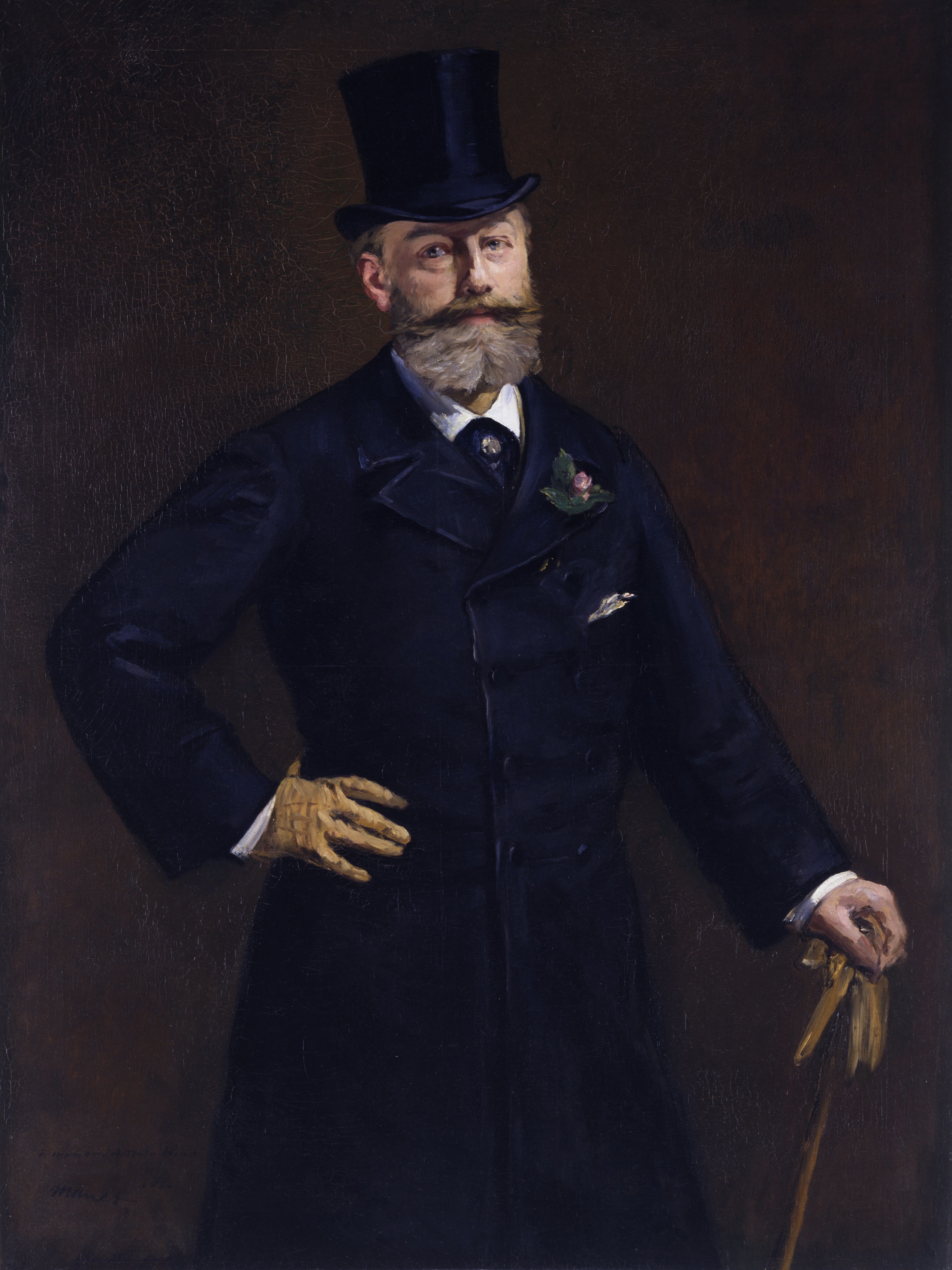

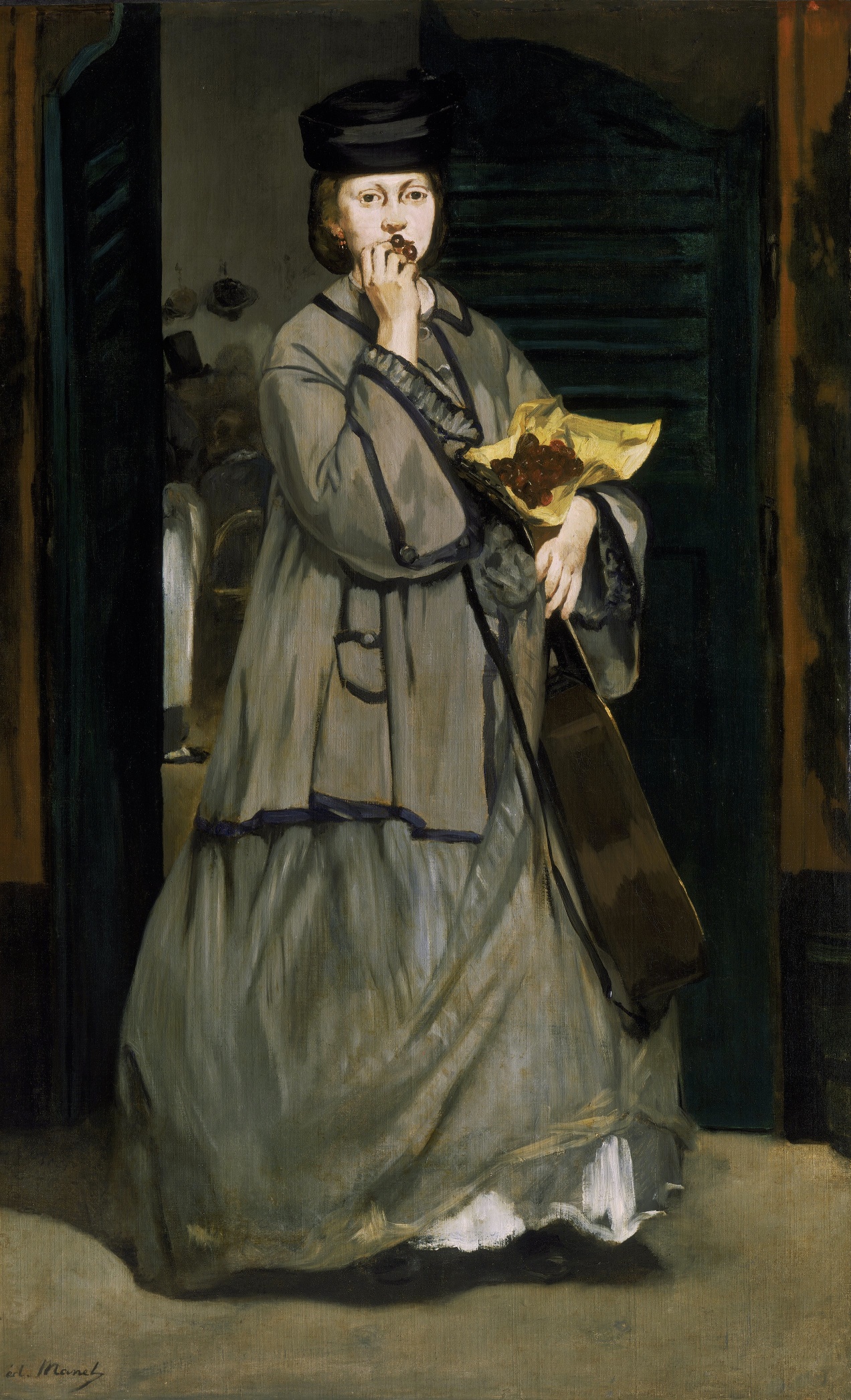
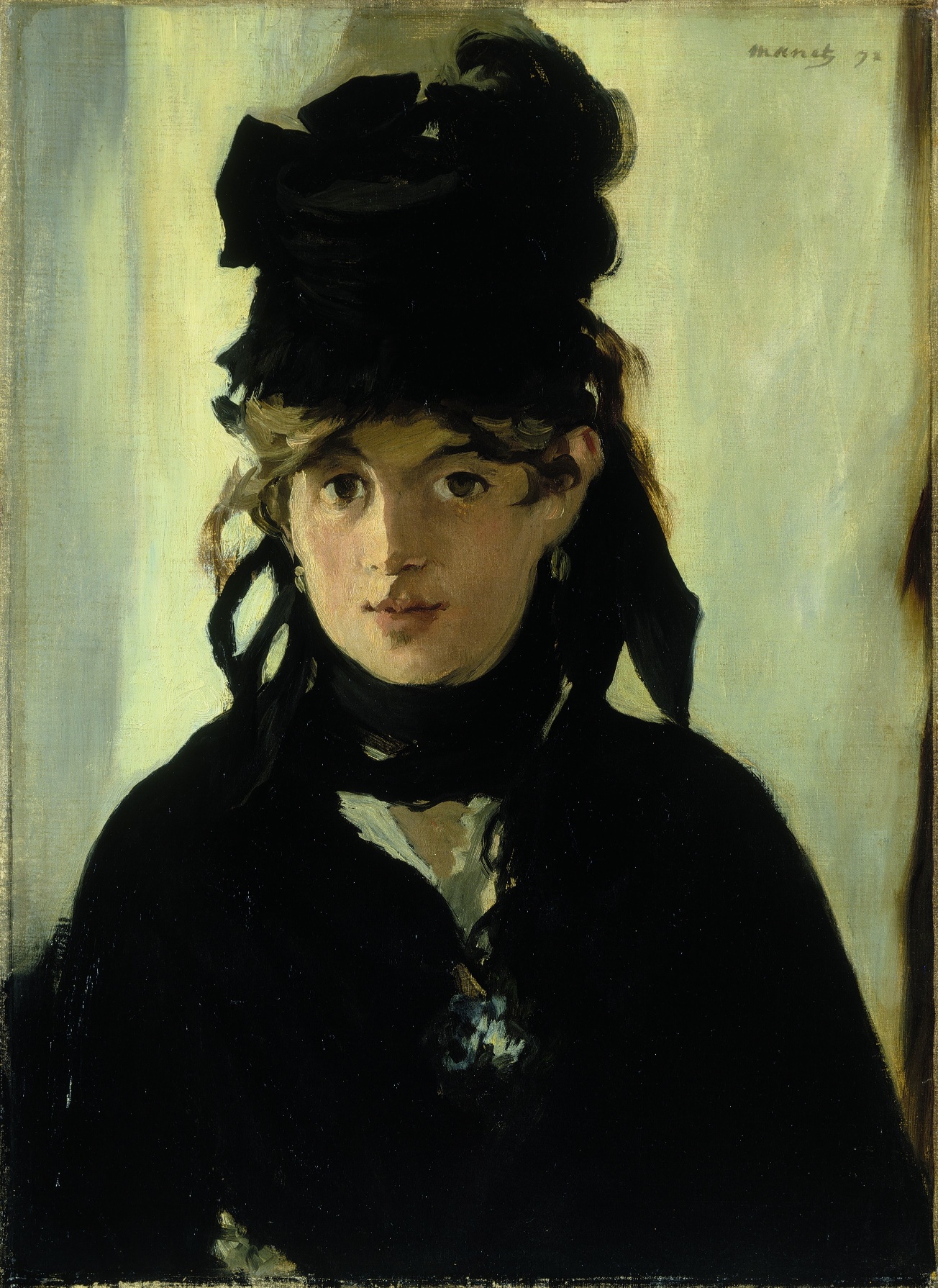
The Royal Academy of Arts presents the first major exhibition in the UK to showcase Edouard Manet’ s portraiture. The exhibition examines the relationship between Manet’ s portrait painting and his scenes of modern life. By translating portrait sitters into actors in his genre paintings, Manet guarantees the authenticity of the figures that populate his scenes of contemporary life and asserts a new, more potent relationship between Realism and Modernity. Manet: Portraying Life includes over 50 paintings spanning the career of this archetypal modern artist together with a selection of pastels and contemporary photographs. It brings together works from both public and private collections across Europe, Asia, Brazil and the USA.
The exhibition is arranged thematically, exploring Manet’s world and the landscape of nineteenth-century Parisian society. Different sections focus on The Artist and his Family – Manet, Suzanne Leenhoff Manet and Léon Koëlla Leenhoff; Manet and his Artist Friends including Berthe Morisot, Eva Gonzalès and Claude Monet; Manet and his Literary and Theatrical Friends such as Emile Zola, Zacharie Astruc, Théodore Duret, George Moore, Stéphane Mallarmé and Fanny Clauss; Status Portraits including Georges Clemenceau, Henri Rochefort and Antonin Proust, and finally, The Artist and his Models which encompasses both female friends such as Méry Laurent and Isabelle Lemonnier and professional models, such as Victorine Meurent.
Highlights include The Luncheon, 1868 (Bayerische Staatsgemäldesammlungen–Neue Pinakothek, Munich), depicting Léon, the son of Manet’s wife; Mme Manet in the Conservatory, 1879 (The National Museum of Art, Architecture and Design, Oslo); Berthe Morisot with a Bouquet of Violets, 1872 (Musée d’Orsay, Paris); Street Singer, c.1862 (Museum of Fine Arts, Boston); Le Déjeuner sur l’herbe, c.1863-68 (The Courtauld Gallery, London); The Railway, 1873 (National Gallery of Art, Washington); The Artist: Portrait of Marcellin Desboutin, 1875 (Museu de São Paulo Assis Chateaubriand, São Paulo) and Music in the Tuileries Gardens, 1862 (The National Gallery, London) which brings together the artist’s cultural world.
Edouard Manet was born in Paris in 1832 into a middle-class family. His father Auguste, was a senior civil servant in the Ministry of Justice, and his mother, Eugénie-Désirée, the daughter of a diplomat. Manet enlisted in the merchant marine and travelled to South America in 1848. A year after his return to Paris in 1849, he entered the studio of the successful salon artist Thomas Couture and for the next six years, he pursued training within and beyond Couture’s studio. Exposure to contemporary art came through the Paris Salon and independent exhibitions.
In 1863, Manet married Suzanne Leenhoff, a talented pianist and the mother of Léon Koëlla Leenhoff, who became part of the Manet family but whose paternity remains uncertain. His younger brother, Eugène, married the artist Berthe Morisot in 1874. Manet’s independence of style, individuality of subject matter and seemingly non-conventional technique meant that his exhibition career was fraught with rejection and on-going negative critical response.
However, despite supporting his younger contemporaries, the Impressionists, and observing closely their own innovative approach to subject matter and technique, he resolutely refused to exhibit with them in the eight Impressionist exhibitions (1874–1886). Throughout his life, Manet surrounded himself with a wide circle of friends, admirers and supporters from the artistic, literary and musical communities – all of whom professed leanings towards the more radical movements of the day; they defended his art and served as sitters for his portraits. Manet’s career as a professional artist lasted less than three decades, cut short by his premature death in 1883 at the age of 51.
To understand the mind, soul and personalty of the individual portrayed on those paintings not only about their mental or physical light or shadow, but to penetrate the identity of that portrait , through an expression, a wrinkle, a touch of sadness , a glance of heavenly bliss: this has been more than learning experience.
After the exhibition I now look at a person in a different way, I try to “scan” her traits and body language , and maybe it will take me to a different level of relationships, and for this I am very grateful to Manet.
Joelle’s Picks
Royal Academy Home – Royal Academy of Arts